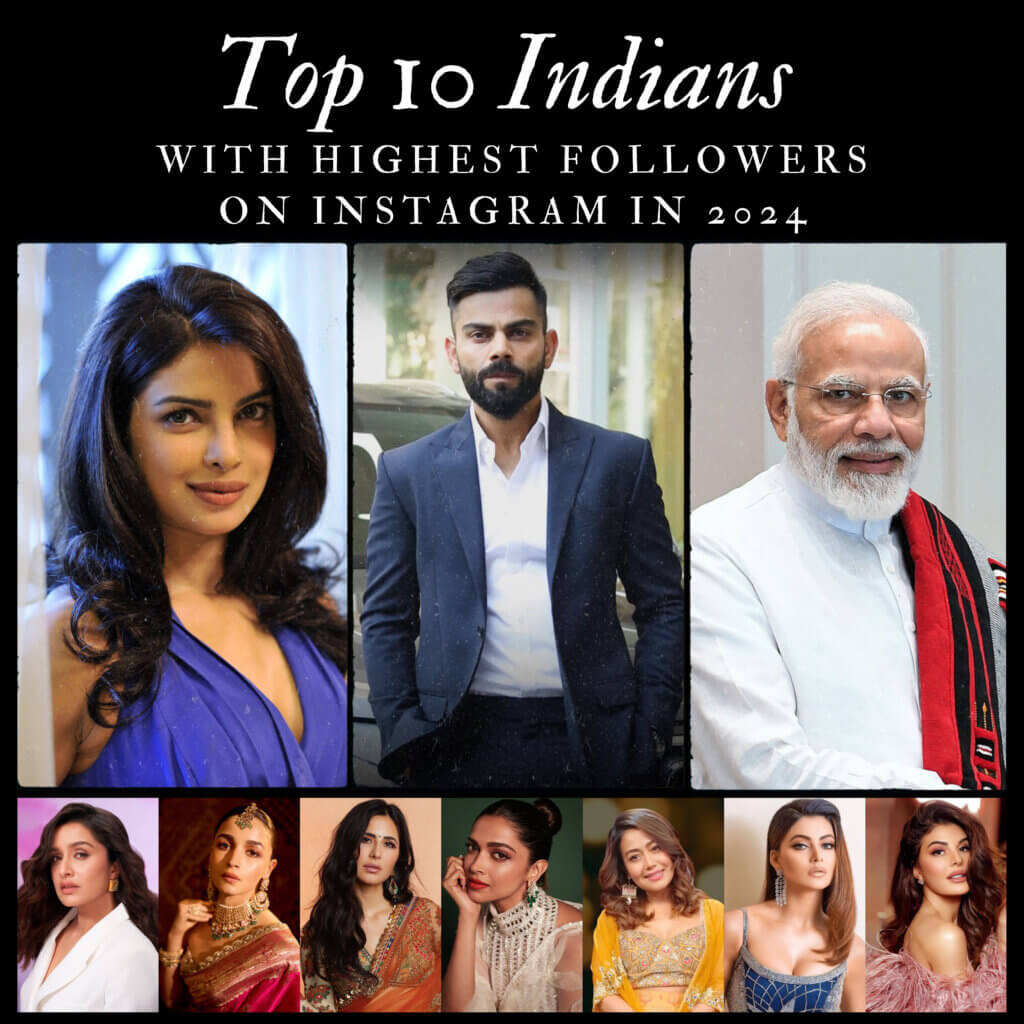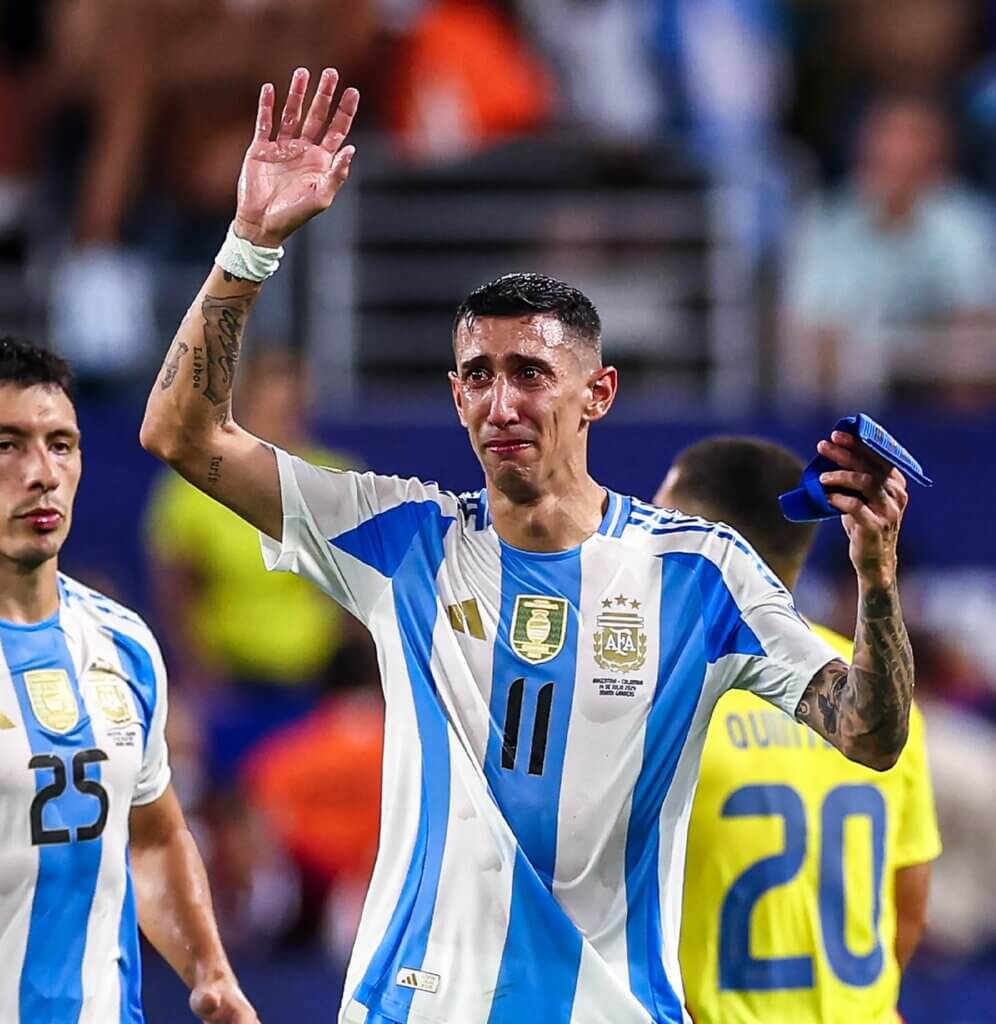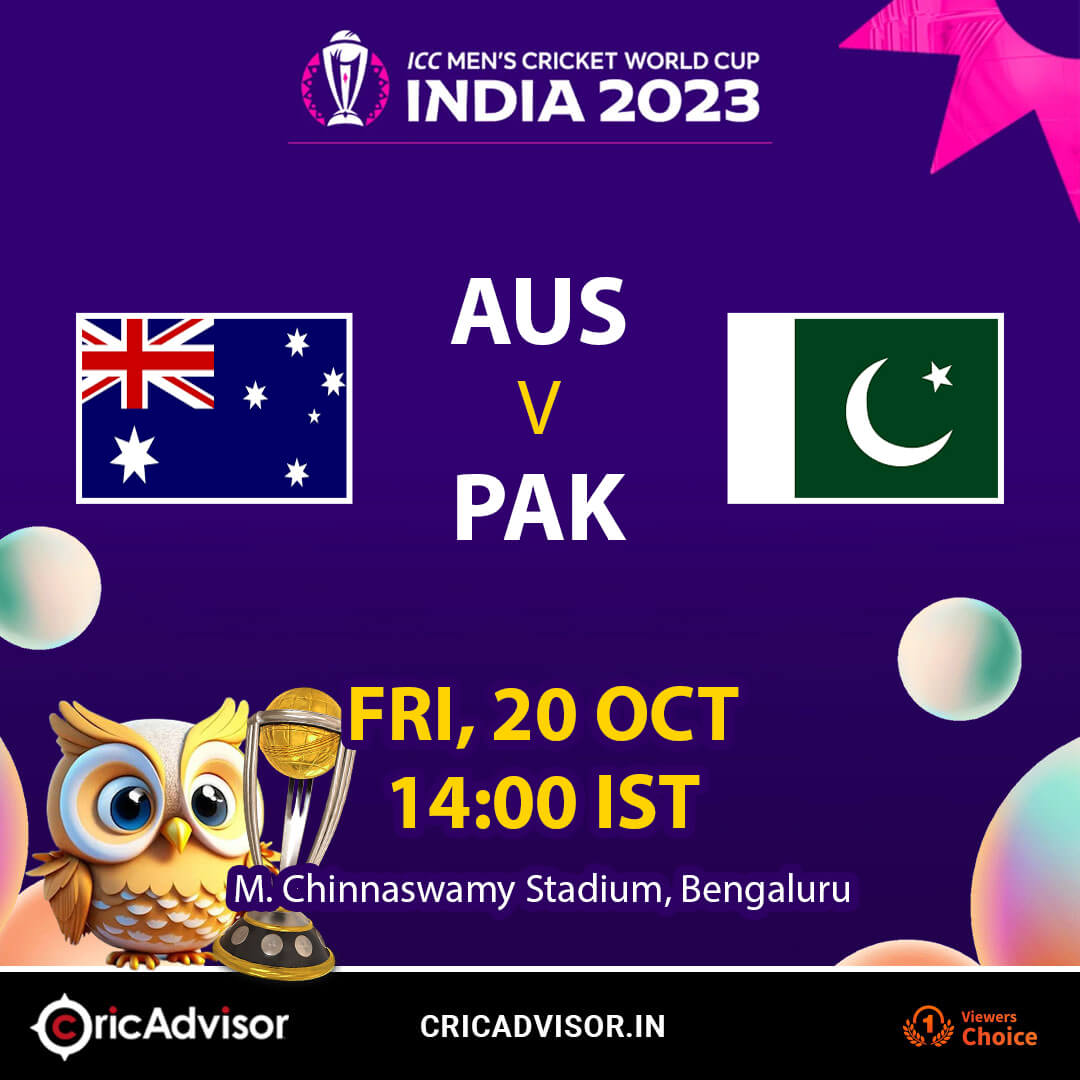
Once again, here we are. After Steve Smith dead-batted some optimistic off-spinners from Shubman Gill for the better part of 18 days, the riposte has finally arrived. On Wednesday, the Narendra Modi stadium looked just as deserted, but there was a lot more going on beneath the massive orange drapes. Bats went for violence, balls went on parabolic flights, and new sponsor boards appeared at the strategically placed resting areas spread throughout the megastructure. In Ahmedabad, similar boards can be found all throughout the city. AavaDe, which means “Bring it On” in Gujarati, is what most of them yell.
What we’re seeing is the Indian Premier League crashing back into the public eye with all its intriguing and imperfect glory, with billionaires hungry for more spotlight and attention than ever before. This tournament encapsulates, to a large extent, both order and anarchy. When we get used to the oddity of this pairing, the next two months hold the fundamental curiosity of seeing what happens.
This is how the Indian Premier League (IPL) generally begins each new season: full of promise and new faces, with shiny new stadiums and high expectations. As new brands are introduced, new kits are also introduced. Forecasts are made, then quickly discarded and reworked. The buildup to IPL 2023, however, has also highlighted a sense of duality, akin to the peculiar stage a kid goes through just before starting college: both diving into an exciting and uncertain future and clinging on to high-school ideals.
A long time ago, while selling the television and digital broadcast rights for the 2023-27 cycle, the BCCI chose to leverage ‘Brand IPL’ by prohibiting a composite offer. Not only did the board pocket a cool $6.2 billion (INR 48,390 crores), but it also forced its viewers to pick between two competing services: Star on the TV satellite and Viacom 18 online.
Players have been enticed into the fray by the competition for user attention and the overall quality of IPL advertising, prompting them to make strategic bids. Virat Kohli has praised the shared experience of watching top-tier Twenty20 cricket on TV, while Suryakumar Yadav encourages fans to watch from a variety of angles on their mobile devices to appreciate his whole batting repertoire. All of the arguments made in the advertisements are convincing, and they have sparked lively discussion. It was mentioned that online material may be accessed on TV and that internet penetration in India is still very low at 48.7 per cent. The BCCI could care less about all of this. Because it’s a job well done if an advertising battle increases consumer interest in a product.

There are other options to consider as well. This season, clubs will face a seismic change in the shape of new regulations that will affect their play on the field. No-balls and wides can now be challenged using the DRS. The Impact Player requirement is more fascinating. Once the coin is flipped, captains choose their starting eleven and provide a list of four additional players from which to make a tactical substitution at any time throughout the game.
According to Ricky Ponting, the regulation would reduce the value of all-rounders. But, Rohit Sharma believes that clubs would still select their strongest Eleven regardless of the additional player available. This is a backdoor admission of the uncertainty of the future, as the head of one franchise put it to Cricbuzz. This rule has several possible variations and will take a few games to fully grasp.
It doesn’t rule out the possibility that data miners are already working on a solution to the puzzle. The Indian Premier League is at the forefront of data and analytics, and there is very little that the data revolution cannot deconstruct. And now the league is mining data that may enable a company reach a captive audience without them even realizing they are being given an advertisement, the kind of thing that, until recently, was essentially the responsibility of huge platforms like Facebook or Google rather than T20 cricket teams.
This year’s expansion by two teams not only enhanced competition on the field but also boosted overall league revenues. Businesses once relied on on-field performance may now survive without it. They’ve been trying to drum up interest from possible investors by highlighting their massive fan following. Yet, this does not imply that other elements, such as player pull, cannot increase fan bases and convert them into buyers regardless of the outcome. Because social media followers represent a potential customer base for advertising, many teams are preoccupied with growing their fan base. Both the thought of a trophy parade and the idea of Kohli, AB de Villiers, and Chris Gayle doing a lap of honor together before the season start would be terrific for fan interest.
Yet with everything that’s changed, the home-and-away formula is making a comeback. Franchises will once again be allowed to crowd home stadiums and customize match day experiences for their supporters after a three-year gap caused by a pandemic. Managers will have seven games under familiar settings to prepare their teams. As clubs start flying to away games, the old travel and workload adages will come into play again, leaving bench players to train on their own.
The season opening on Saturday between the Chennai Super Kings and the Gujarat Titans seems like a celebration of this fantastic collision of old and modern. A team just one year old, captained by the league’s oldest superstar, will open as defending champions in the Indian Premier League (IPL). A club that had trouble feeding the mass frenzy because three of its own stands were shut up, despite selling out more than 70,000 tickets for the season opener. Size and speed are two measures of success, along with long-term supremacy. Even though the Super Kings are envious of the Motera stadium’s size and the speed with which the Titans have achieved success, the champions will want for the kind of strategic spending and long-term planning that has kept CSK at the top of the league for the past fifteen years.
That, though, is the glory of the IPL, and of sport in general. The benefits of order are limited. You scheme, plot, and exercise in anticipation of the end of May, when you expect the points table to reveal some truth. Yet, things rarely go as planned. Some outcome or turn of events is always unexpected, some uncontrolled factor is always revealed in hindsight. Throughout the course of 74 games, chaos always emerges victorious. Indeed, Aave de.










